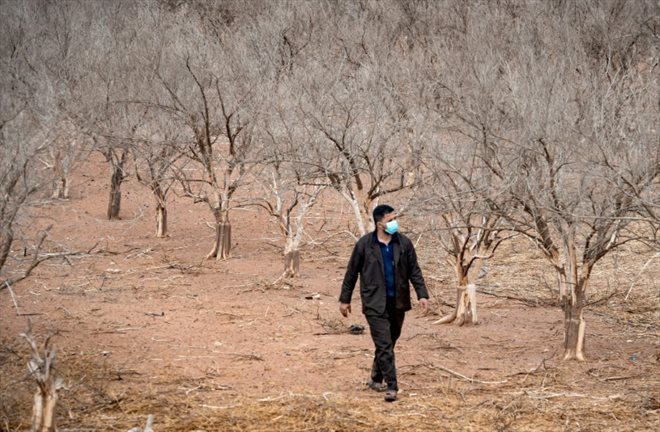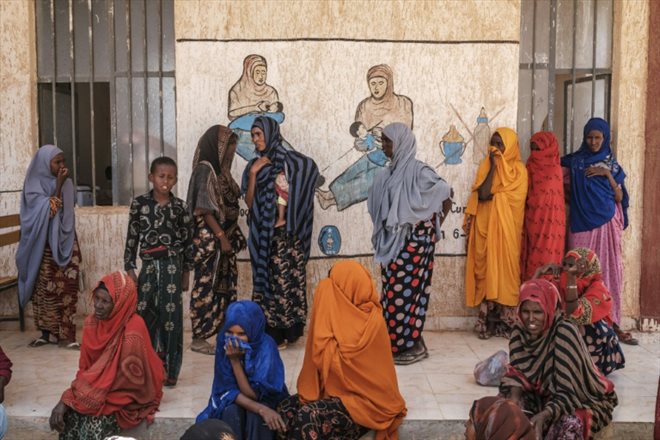Mate plantations scorched by the drought of the Colonia Liebig agricultural cooperative, on February 23, 2022 in Corrientes, Argentina (AFP/JUAN MABROMATA)
The food question is crucial in the fight against global warming, insists to AFP the scientist Cynthia Rosenzweig, who has spent decades studying the interactions between climate change and what we eat.
His research at NASA, at the famous Goddard Space Center, which won him the World Food Prize this week, particularly warns against the impact of global warming on food.
QUESTION: How does the food system encourage climate change?
ANSWER: “Climate change cannot be curbed without paying attention to greenhouse gas emissions from food systems. Our work, among others, shows that these emissions account for about a third of total human emissions. time, food security for all is dependent on the changing climate.

A sunflower field in Calmont (Haute-Garonne), August 4, 2020 (AFP/Archives/GEORGES GOBET)
As we enter a crucial decade for climate action, food must be put on the table.”
Q: What are the impacts of global warming on food?
A: “High temperatures in general are detrimental to crops, because they speed up their growth, so they have less time to produce grain. This greatly lowers yields. And then there are the extreme events that occur at critical times, such as a heat wave during maize pollination, they increase in frequency and intensity in many agricultural regions.
And of course there is water, critical for food production. Warming is changing the water cycle in many agricultural regions, with more droughts and more heavy rainfall, because warmer air can hold more water.(…)

In this file photo taken on October 22, 2020, a farmer looks at his parched, drought-stricken orange trees on Morocco’s southern plains, in Agadir, in the country’s agricultural heartland. (AFP/Archives/FADEL SENNA)
With the latest climate scenarios, the crop modeling team at AgMIP (Crop Simulation Program launched by Cynthia Rosenzweig, editor’s note) has discovered that the impact on certain agricultural regions around the world is expected to be felt much more early, even in the early 2030s. It really is soon.
Some of these key areas where these early impacts will be felt are in the central United States, West Africa and East Asia. In West Africa, agricultural production could fall by 20 to 40%, or even more.”
Q: What solutions to change things?
A: “Increasing carbon storage can help fight global warming. We need to increase the efficiency of agricultural production and reduce food waste: it’s a rough figure, but around a third of the food produced is lost or If we weren’t wasting so much food, we wouldn’t have to produce as much, and therefore we would be reducing emissions from agricultural production.
In developed countries, there is also room for dietary choices that can make a difference, because livestock-related emissions, mainly from beef and milk, are significant.

Displaced people wait for a World Food Program (WFP) distribution in Adlale, near Gode, on April 6, 2022 in Ethiopia (AFP/EDUARDO SOTERAS)
But if we talk about consumption, we must recognize that the solutions are different according to the contexts and take into account questions of equity. Many people around the world have no choice when it comes to food.
(…) There is definitely a movement for transformation of the food system.
Food is the key climate sector and connects everyone on the planet to global warming. We must transform our food system to ensure food security for all and a healthy planet.”
© 2022 AFP
Did you like this article ? Share it with your friends with the buttons below.




